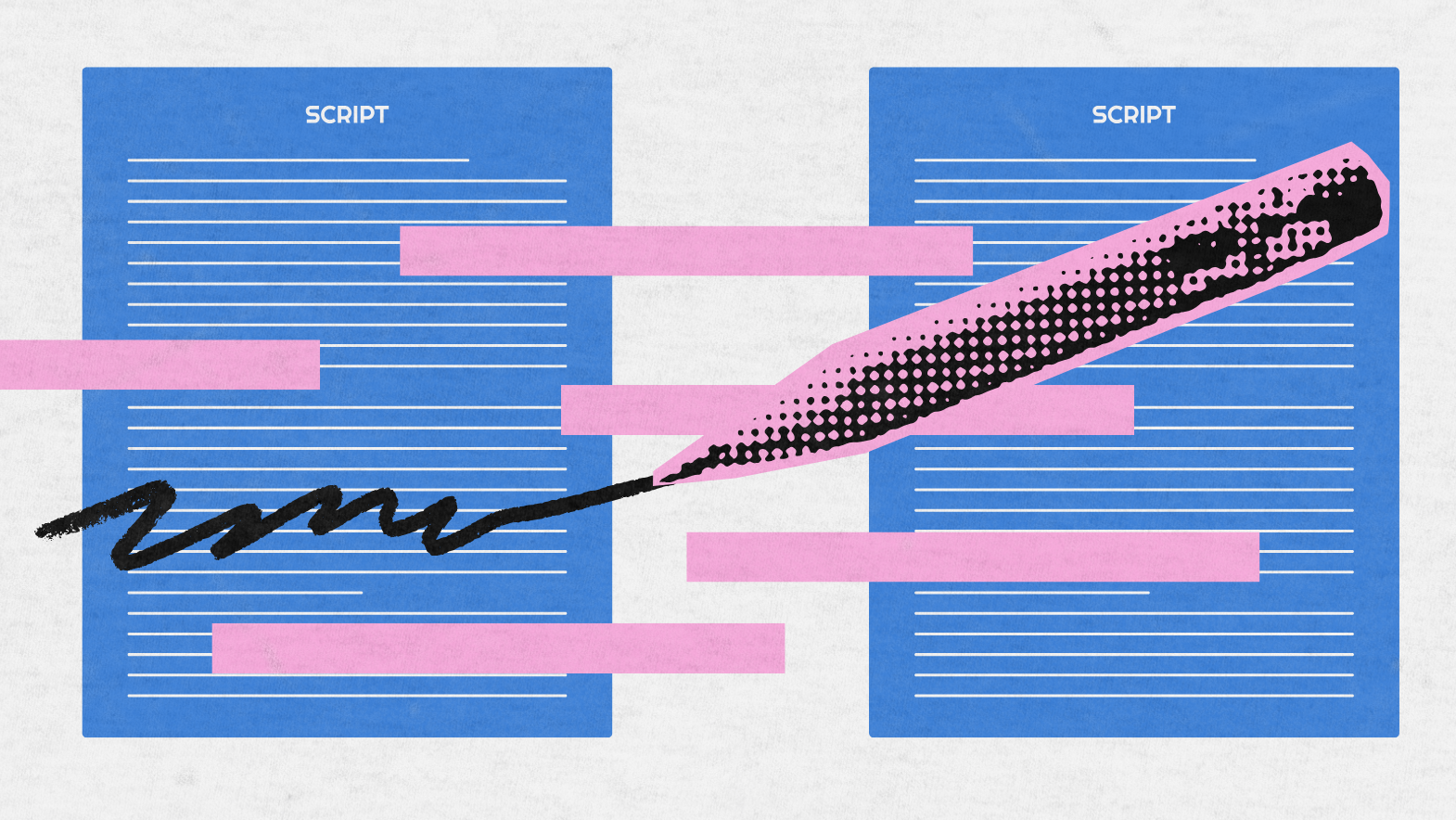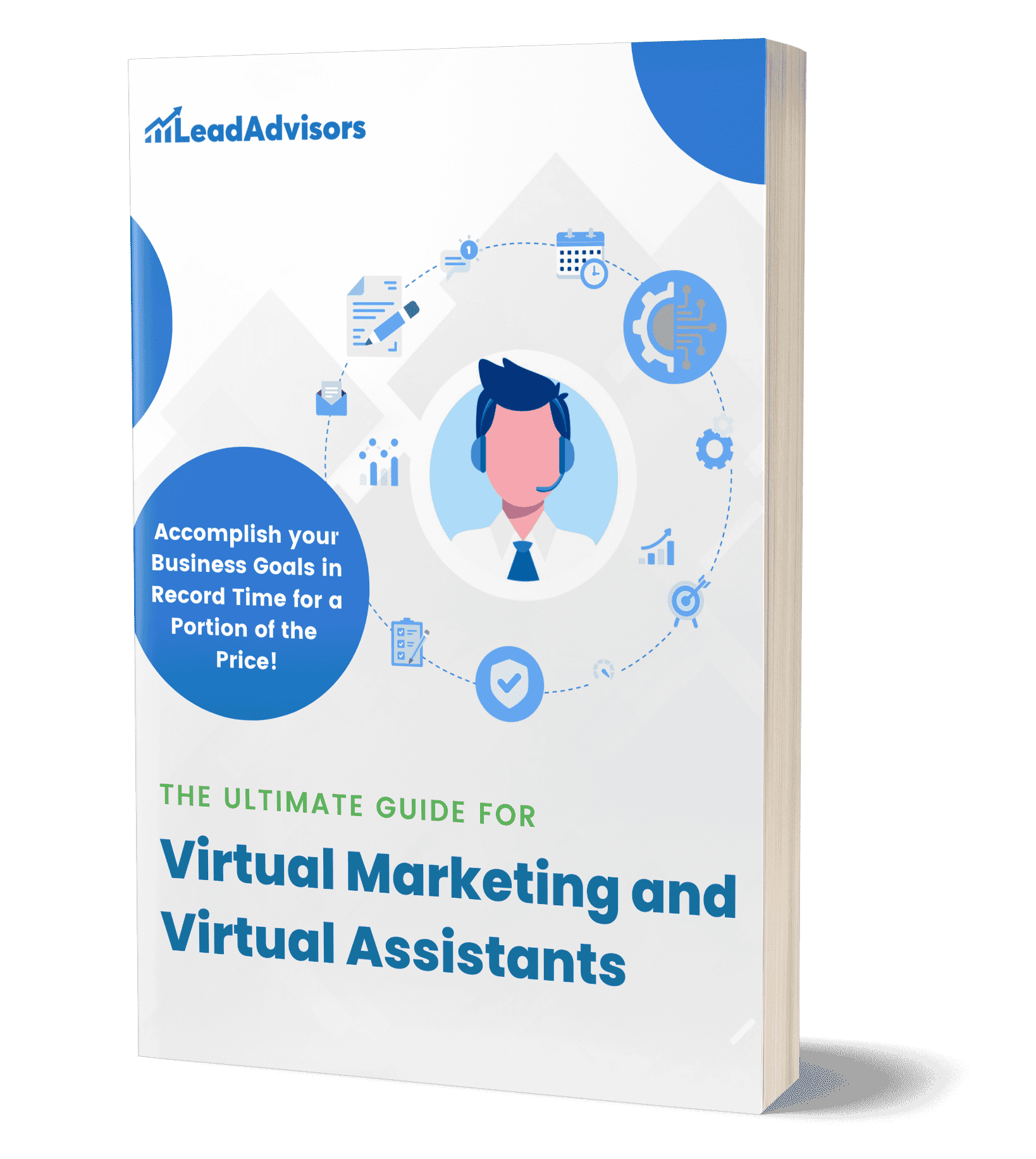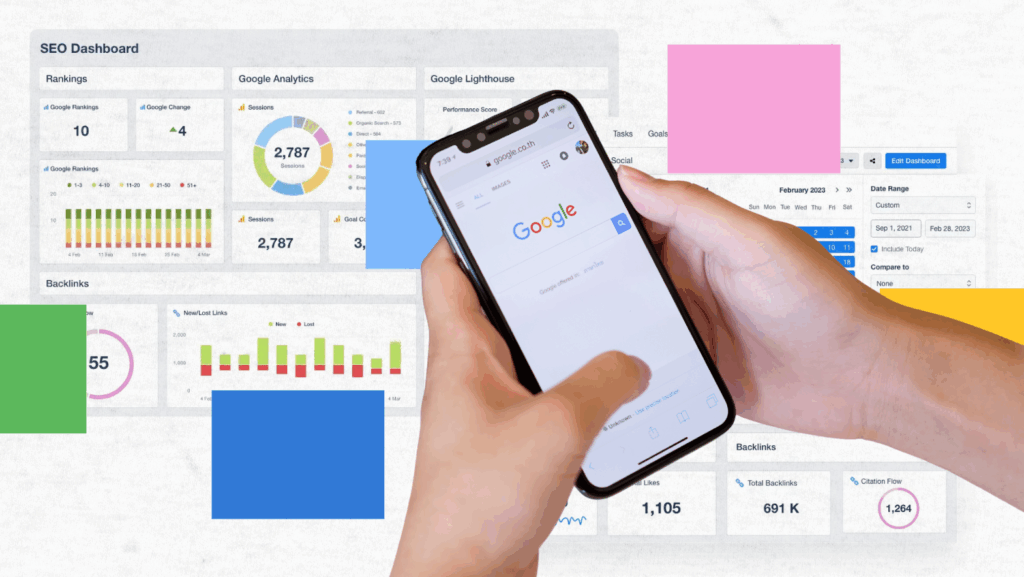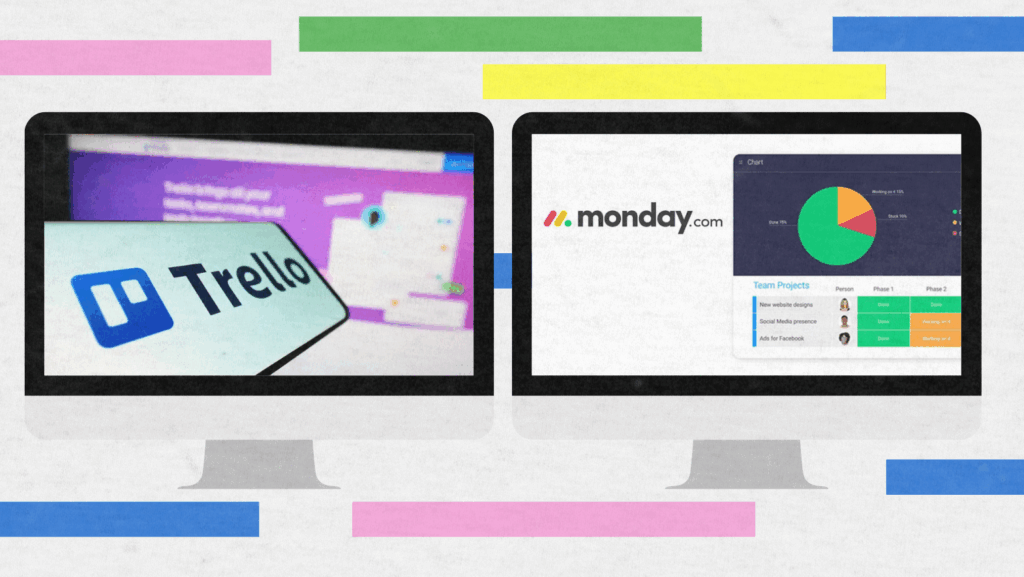Mock call scripts are one of the most overlooked solutions for getting your team’s performance up and communication in line. Whether you are in sales, support, or onboarding, running practice calls provides your team a safe place to learn, screw up, and improve.
They’re handy for training your new sales reps, enhancing customer interactions, and developing how your call center team manages difficult, real-world situations. These sessions inspire confidence, reduce errors, and ensure that we all show up more prepared for the real deal.
From customer service to QA, teams are engaging in mock call sessions to help fine-tune sales skills messaging, strengthen problem-solving and communication skills, and become comfortable with handling customer interactions in the wild without the pressure of the call itself.
What Is a Mock Call?
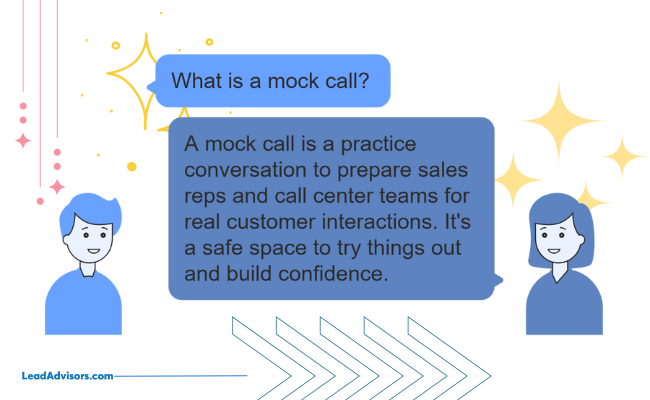
A mock call is a simulated conversation that helps sales reps, support agents, and call center teams prepare for the real thing. It is a safe space to experiment, make mistakes, and gain confidence without the pressure of real calls.
These sessions often involve a few key tools that work together:
- Mock call – a simulated phone call used for training or coaching
- Mock call script – a written guide with prompts or phrasing to follow during the call
- Call flow – a step-by-step outline showing how a conversation should naturally progress
Used in tandem, they enable your team to develop sales communication skills, shorten ramp-up time, and create room for “eyes on your 6” or coaching and feedback in the moment.
Whether you’re conducting onboarding, performance reviews, or ongoing training, mock sales calls are one of the most effective ways to develop confidence and consistency.
Call Scripts vs. Call Flows vs. Mock Calls
These three terms are frequently used in training, and honestly, they can be pretty confusing to even the most seasoned advocates. But they all play a different role – and together, that’s where the real growth occurs.
Call Scripts: Your Safety Net
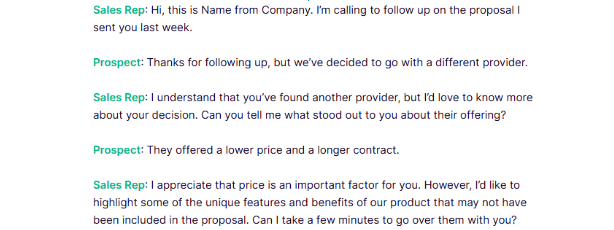
A mock call script is the training wheels. It provides the words to use in particular challenging situations, like approaching a potential customer, addressing common objections, or closing a sales call. Scripts can be great for beginners or when it matters (call centers, hard sells).
Call Flows: Your Roadmap

Unlike scripts, call flows don’t restrict you to certain words. Instead, they sketch the general trajectory a call should take – from saying hello to unearthing pain points to pitching your value prop to closing strong. They’re great for reps who need structure but also want some flexibility.
Mock Calls: Where It All Comes Together
And then there are mock sales calls – the place where scripts and flows are brought to life. Your team practices your script to know by rote, follow your flow, and interact as if it’s actually happening. You put yourself in the driver’s seat, make mistakes, and improve from the feedback and the coach.
When to Use Each One
Here’s how I usually use them in training:
- New hires? Start with scripts to build comfort.
- Mid-level reps? Focus on flows to improve adaptability.
- Experienced reps? Dive into full mock sales calls for real-time improvement and fine-tuning.
Every tool challenges your team, builds their confidence, refines their communication, and offers them solutions to realistic scenarios like a pro!
How to Run an Effective Mock Call
On that first call, you may feel a little bit weird if you’ve never run before. But once you get the hang of it, it is one of the most effective ways to prep your sales team or call center crew for an actual conversation. The trick is to take it seriously, but as compared to a real sales call example, still keep it flexible and fun.
Before the Call: Prep Like a Pro
I begin by determining clear targets in every single project. Are we checking to see how someone does when he faces typical objections? Are we living the anthropology of value? Or are we editing for tone, for pacing?
The second step is to create the ideal customer persona. Providing your reps with a believable backstory enables them to rehearse managing interactions that are true to life.
A platform like HeyCX can support this entire process – centralizing scripts, streamlining workflows, and ensuring training scenarios reflect real customer dynamics.
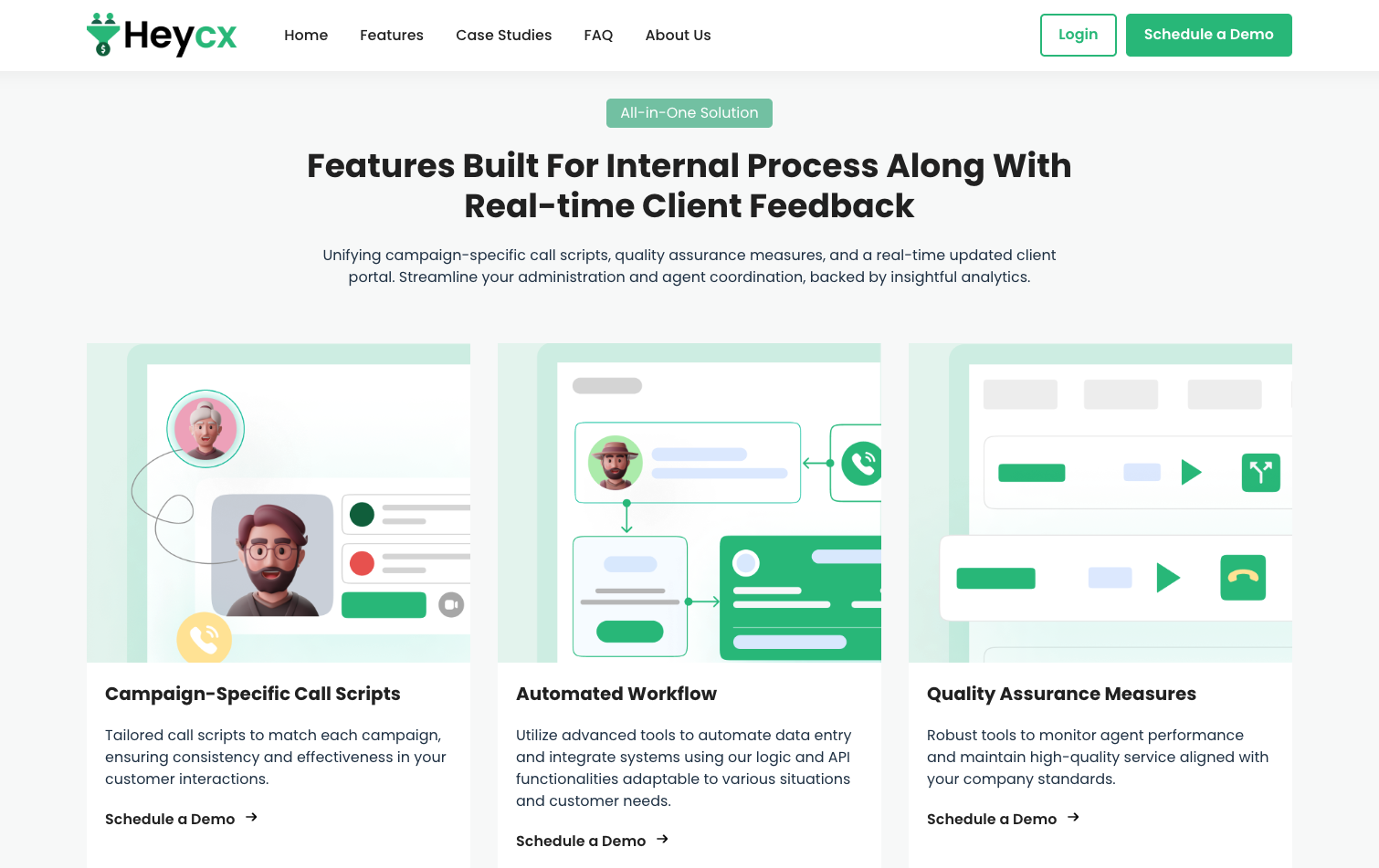
Finally, I gather the essentials:
- A mock call script or call flow to guide the call
- Scenario details (e.g., a technical issue or a new product inquiry)
- A note sheet for feedback and KPIs
During the Call: Stay Real, But Flexible
This part is all about balance. I encourage reps to follow the call flow, but I also remind them that real people don’t talk like robots. The goal isn’t to recite – it’s to communicate.
I look for things like:
- Natural tone and active listening
- How well they handle unexpected turns
- Whether they ask the right questions to uncover pain points
It’s also a great chance to practice objection handling, problem solving, and strong customer relationship building, especially in cold-call situations.
After the Call: Review and Repeat
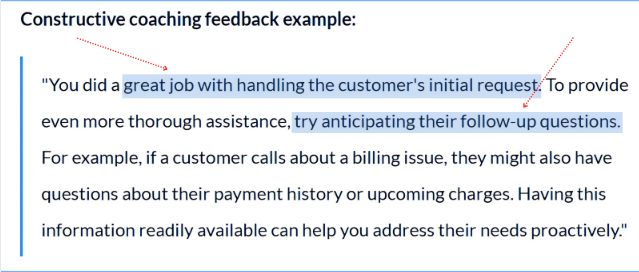
Once the call ends, that’s when the gold really shows up. I take time to:
- Review key metrics and outcomes
- Offer constructive feedback (what worked, what didn’t)
- Log takeaways so we can track continuous improvement
And here’s something I learned the hard way: don’t stop after one session. Repetition builds confidence. Consistent mock call training helps businesses create and reinforce new techniques and boost performance across the entire sales team. For a deeper dive into post-call development, explore these proven call center coaching techniques.
Mock Call Script Examples by Scenario
Training your team with a well-structured mock call script is like giving them a secret weapon. It lets them practice sounding confident, handling pressure, and guiding conversations smoothly.
However, to get real value, the scripts should match the actual situations your sales representative will face. That’s why I break them down by role and objective – because customer service scripts call is a whole different beast than a cold call to a new lead.
Here’s how I like to organize effective sales calls by team focus, along with sample lines and what each one is really teaching.
A. Customer Service
These sessions are all about creating calm, clear, and helpful customer interactions – even when things get heated.
Training Objectives:
- Develop empathy and tone control
- Reinforce call structure and a tailored solutions-first mindset.
- Encourage gentle upselling when appropriate.
- Practice follow-up and clear communication.
Scenarios + Sample Lines:
- Greeting First-Time & Returning Customers
“Hi there! Good morning! Thanks for calling. My name’s Julia – how can I assist you today?” - Handling Complaints or Angry Customers
“I completely understand why that’s frustrating. Let me look into what went wrong, and we’ll fix this together.” - Resolving Billing or Shipping Issues
“Just to confirm for security purposes, can I verify the last four digits of your billing zip code?” - Follow-Up Calls
“I’ve escalated the ticket, and someone will reach out by tomorrow’s end. If anything changes, I’ll call you personally.” - Soft Upselling
“By the way, I noticed you’ve been using the starter plan for a while. Would you like to hear about our new bundled offer?”
Why It Matters: These scripts are especially useful in call center mock calls, where agents are expected to maintain consistency while dealing with everything from minor hiccups to major frustrations. They aim to improve customer satisfaction while keeping the rep calm and in control. For more on maintaining high standards, check out these call center quality assurance best practices.
B. Sales and Prospecting
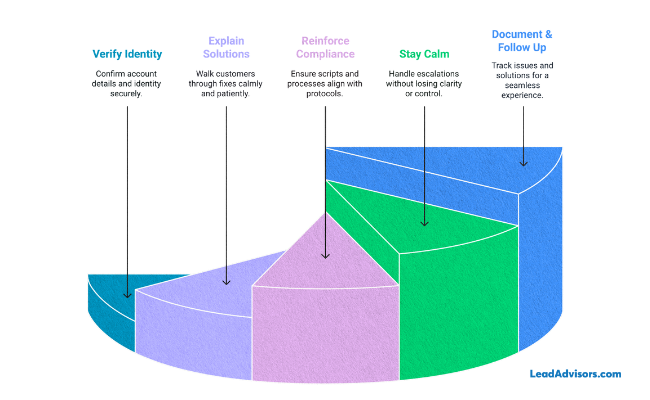
Here, it’s all about helping sales reps build real confidence, deliver a strong pitch, and navigate objections like pros. Mock sales calls let them fail safely and improve fast.
Training Objectives:
- Build comfort by delivering a clear value proposition.
- Practice objection handling and qualifying.
- Learn how to talk with – not at – potential customers.
- Get reps comfortable with the following steps and closing techniques
Scenarios + Sample Lines:
- Intro Cold Call with Value Pitch
“Hi, good afternoon! I’m Ethan from ABC Company. We help marketing teams reduce reporting time by 40%. Is now a good time?” - Handling Price or Timing Pushback
“Totally understand – that’s something we hear a lot. Can I ask how you’re currently solving this?” - Qualifying the Lead
“Do you currently use a CRM? And how large is your sales team?” - Engaging a Decision-Maker
“Sounds like this might fall under your COO’s role. Would it be helpful if we scheduled a joint call?” - Next Steps and Follow Up
“Awesome. I’ll send a quick calendar invite and include a demo link. Just let me know if anything changes.”
Why It Matters: Practicing these simulated sales conversations helps sharpen instincts. Reps learn how to guide conversations, adapt on the fly, and avoid robotic pitches. They are great for ramping up new hires or running coaching sessions for seasoned sales professionals.
C. Operations and Support
This team has to develop a sense of precision, patience, and perfectionism. These example call scripts guide the agent through the call calmly, illustrating how to explain a fix, update, or schedule change.
Training Objectives:
- Handle technical issues with clarity and confidence.
- Reinforce security protocols
- Maintain professionalism while troubleshooting.
- Provide accurate info in high-stress moments.
Scenarios + Sample Lines:
- Call Intake and Verification
“Please provide your name and the last four digits of your phone number so that I can verify your account.” - Billing and Payments
“I see that payment didn’t process. Would you like to retry using a different card, or should I walk you through our payment portal?” - Tech Troubleshooting
“Let’s do this together – first, press and hold the reset button for 10 seconds. What do you see now?” - Appointment Scheduling
“I have availability at 1 PM tomorrow or Friday at 10 AM. Which works best?” - Account Access Updates
“You’re all set – I’ve reset the login and sent a temporary password. Want to try it now while we’re on the call?”
Why It Matters: Practicing the center mock calls script sample helps agents stay calm, follow the proper steps, and deliver a smoother customer experience, especially during more sensitive or technical calls. These mock scenarios can also help boost your first call resolution rates by preparing agents to solve issues accurately the first time.
Training combines script and structure to put theory into practice. The more your team does it, the more second nature it becomes – whether they’re de-escalating an upset customer, pitching product knowledge, or solving a log-in issue in real time.
Best Practices for Writing and Using Mock Call Scripts
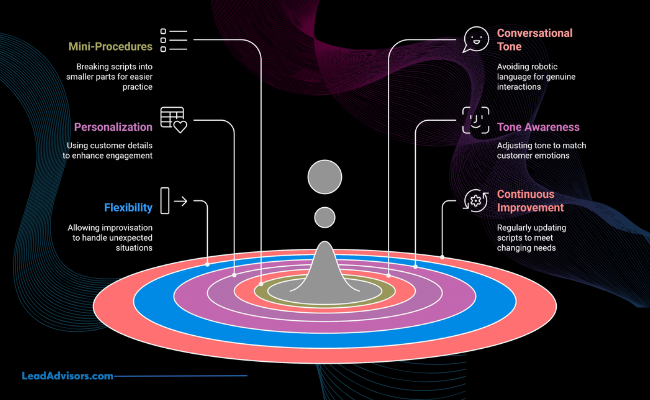
Writing effective mock call scripts is not only about writing beautiful lines. It’s about letting your team communicate clearly, adjust quickly, and reach the right person on the other end of the call. Here are some of the dos and don’ts I’ve learned from experience that really do make a difference.
Do: Break Scripts into Mini-Procedures
Even an experienced sales rep or center agent finds a full script overwhelming. Breaking it down into smaller pieces – like greeting, discovery, objection handling, and follow-up – makes it that much easier to learn and keep forever.
A mini-script feels more like a conversation starter than a script you have to stick to line-by-line.
Don’t: Make It Sound Robotic
All of us have listened to phone calls that sound totally scripted, and it never comes across as real. You’re doing it wrong if your center mock calls script makes you sound like a script from a play.
Keep it conversational. Encourage reps to use their own words as long as they hit the core message.
Do: Personalize Whenever Possible
The name of a customer or a reference to something a customer ordered recently can totally change the vibe of a call. It demonstrates care and concern for the customer during the interaction.
“Thanks for ordering with us last month – I’m happy to help with your update today.” Small detail. Big impactful brand presence.
Don’t: Forget the Tone
Even a perfect script can be undone by a bad tone. It matters even more when someone is upset or frustrated.
Include cues in the script like, “Pause and acknowledge their concern here,” or “Smile as you speak – it changes your tone.”
Do: Allow Flexibility and Improvisation
Scripts are helpful, so long as they are not too scripty. Allow your team to breathe for unplanned questions or to turn the conversation when necessary.
A sales rep should be able to adjust their pitch mid-call without losing flow. That’s where real confidence comes from.
Don’t: Set It and Forget It
Even an excellent script can have room for improvement. Languages change, customer expectations evolve, and new objections emerge.
Make script reviews part of your regular mock call training. Gather constructive feedback, refine, and focus on continuous improvement.
When used right, mock call scripts are more than just training material – they’re confidence boosters, consistency builders, and the secret to smoother customer interactions.
Mock Call Training Tips for Teams
There’s more to running an excellent mock call training program than simply distributing scripts and pressing “go.” It’s about forming habits that genuinely help your sales reps, support agents, and center agents be ready for real calls – confident, curious, and comfortable with the occasional curveball.
1. Rotate Roles to Build Perspective
It fosters empathy and allows reps to hear what their words feel like on the other side of the call. This is also a critical piece of effective workforce management in call centers, where training, scheduling, and development all align.
Bonus: It also gives your team a deeper appreciation for customer interactions and tone.
2. Record and Review the Sessions
Let’s be honest – there’s no magic shortcut. But recording mock sales calls is a practical game-changer. It makes it much easier to catch subtle issues like pacing, awkward phrasing, or missed cues. Reps can listen to themselves, ponder, and make adjustments.
It also gives sales managers a great resource for coaching moments and spotting progress over time.
3. Use Structured Scorecards
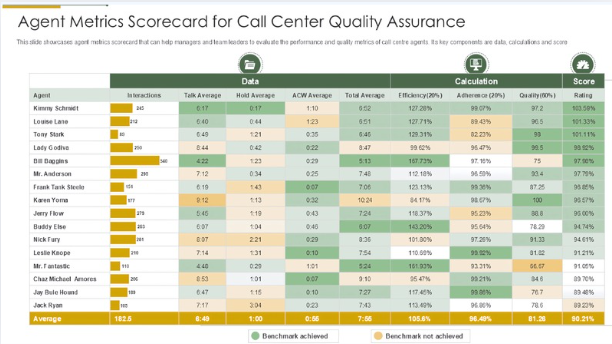
You don’t need anything fancy – they just need a simple scoring card with points outlining important moments: greeting, clarity, handling objections, tone, and follow-up. A scorecard can make feedback equal and keep the process on track.
It turns a subjective “That sounded okay” into a clear, actionable improvement.
4. Practice With Real-World Scenarios
The best instruction happens when it feels real. Leverage real objections from recent mock sales calls, common technical issues, and real customer pain points. And the more realistic the mock call, the better your team’s response in the wild.
It prepares them for realistic challenges instead of rehearsing picture-perfect conversations.
5. Encourage Peer Feedback
Some of the best advice I’ve ever received was from a colleague who wasn’t my manager and who had been in my shoes. Make room for peer feedback and even self-assessment after a call. It builds trust and teamwork and accelerates growth.
Over time, this approach builds a culture of openness and continuous improvement, not judgment.
Mock call training shouldn’t be awkward or intimidating. In the right context and with some imagination, it can be a really fun, productive real-world interaction with one of your paying customers.
Leveraging Tools and Technology
We all know that you can only train so much with manual controls. If we want to scale mock call training while retaining quality, we will have to turn to tools that are more than call recordings or homes for customer service scripts. Here are a few features I rely on – and what they’ve done for my team.
Feature: Call Recording + Live Feedback
Nothing beats the ability to replay the mock sales call and hear what really occurred.
Benefit: Reps hear themselves talking, catch what they missed, and think about things like tone, pacing, or cringeworthy segues. Managers can include time-stamped feedback to make coaching more targeted and less repetitive.
This helps improve objection handling, tone awareness, and overall performance fast. It can also influence key metrics like average handle time, which is critical in high-volume environments.
Feature: Guided Call Flow Tools
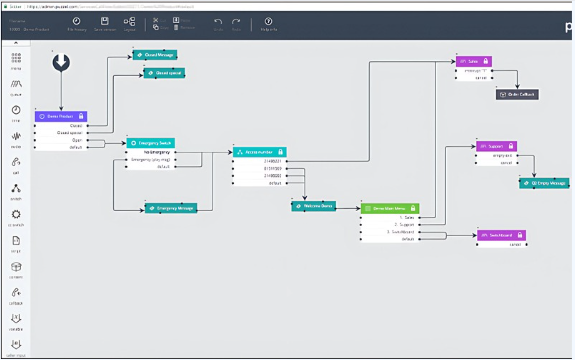
Static PDFs are clunky. Interactive call flow tools are the right choice!
Benefit: They guide reps through conversations, providing them with real-time prompts, according to your mock call scripts, and ensure new hires always know what to say without sounding too robotic.
Perfect for onboarding, particularly in high-volume call center environments where reps have to learn on the fly.
Feature: Conversation Analytics
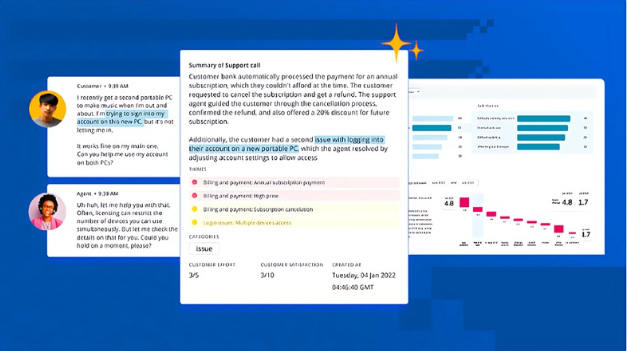
Words, pacing, the use of fillers, talk time vs. listen time, and even emotional tone are measured on some platforms.
Benefit: It’s not a question of guessing it was too fast or the rep missed something – you have data behind it.
That means coaching is tied to real actionable insights, leading to quicker, continuous improvement.
Feature: AI-Simulated Scenarios
AI tools can even serve as roleplay partners, offering unexpected questions, demanding customers, or shy leads.
Benefit: Reps can learn real-world customer interactions live and on-demand, not just in training sessions. There is no need to wait for a partner or instructor.
It creates space for practicing high-stress calls or weird edge cases, without wasting anyone’s time.
When you have the right tools and a solid training program, mock call scripts can be so much more than just drill practice. They are a platform from which confident, capable reps can dive into any call, real or simulated.
Frequently Asked Questions
How long should a mock call session last?
What’s the difference between mock calls and live call shadowing?
Can mock call scripts be used for remote teams?
How often should mock calls be updated or reviewed?
Who should run the mock call training—managers or peers?
Conclusion
Yes, I learned one thing: mock sales calls are not a ‘nice to have’ – they are a ‘need to have.’ It doesn’t matter whether you are guiding a new sales rep, coaching a veteran call agent to perfect their pitch, or helping anyone get through a painful customer call – regular practice through mock call scripts is the difference in high-performing teams.
These training sessions develop sales skills, habits, confidence, and, most importantly, customer trust, one sales call at a time.
So go simple, go structured, and go human. Rotate roles. Give feedback. Let people mess up. Then, return to the (simulation) game and do it again. With the right tools and attitude, your team won’t just sound good on calls – they’ll actually be good.
And that is what makes training transformation.

